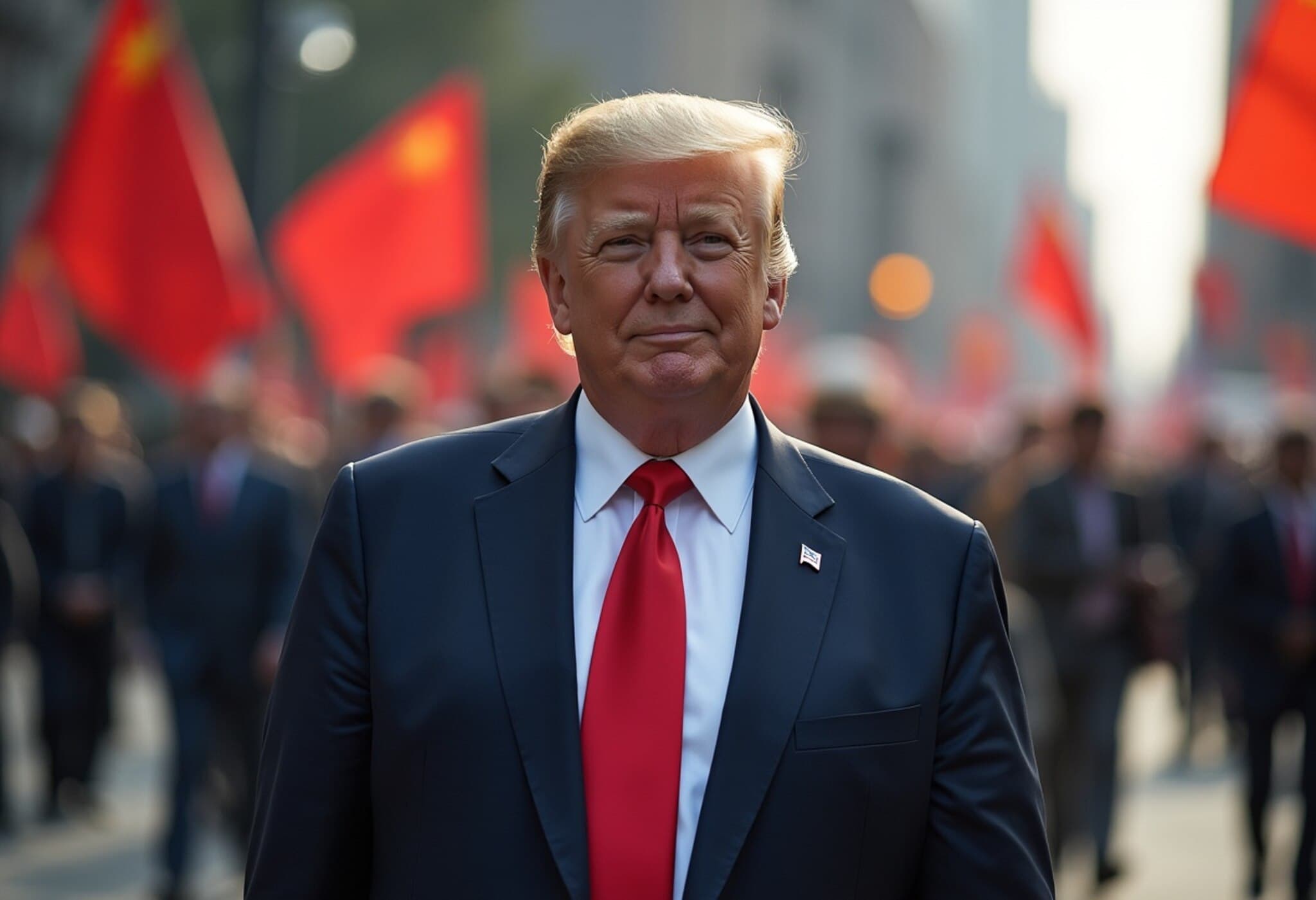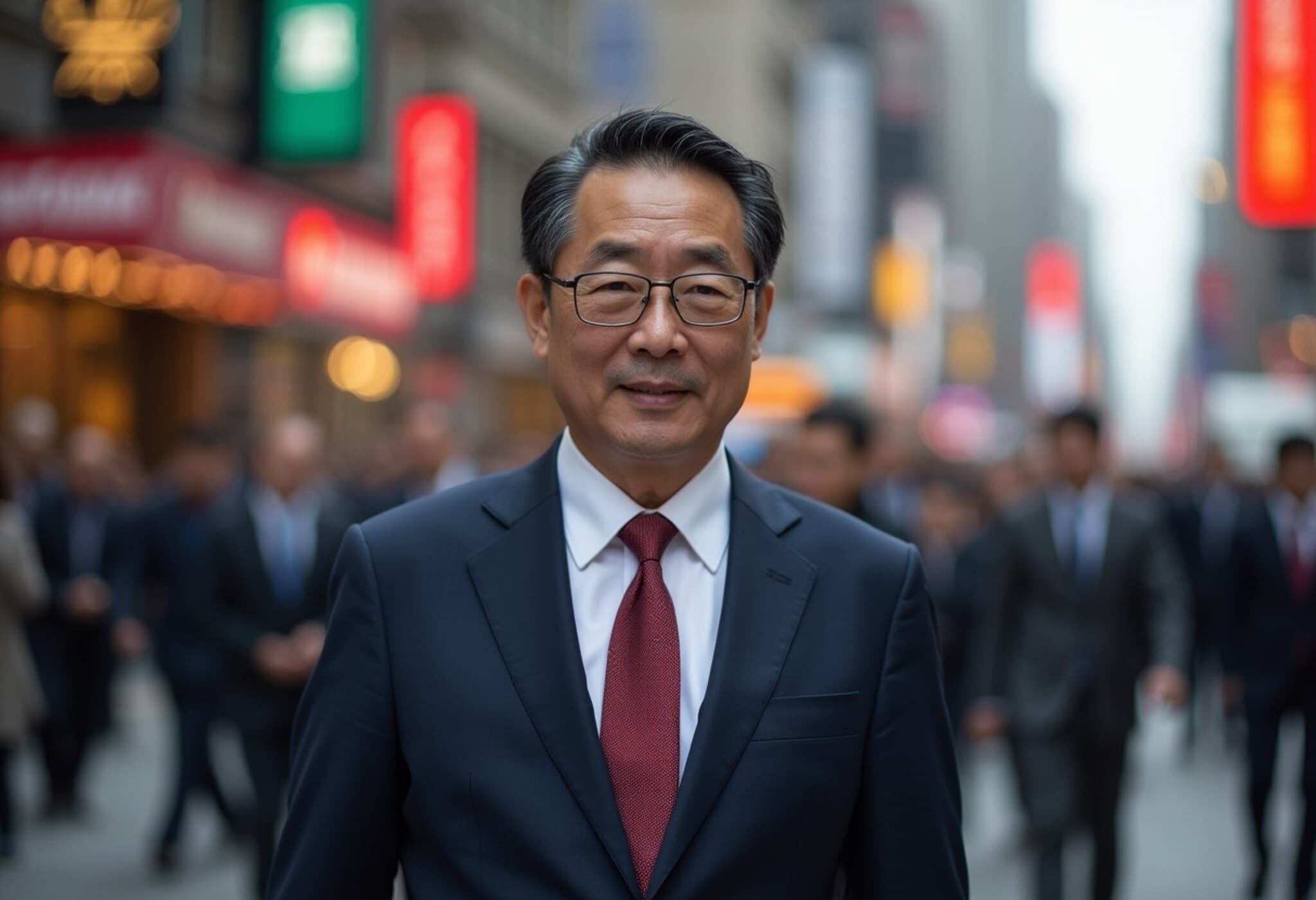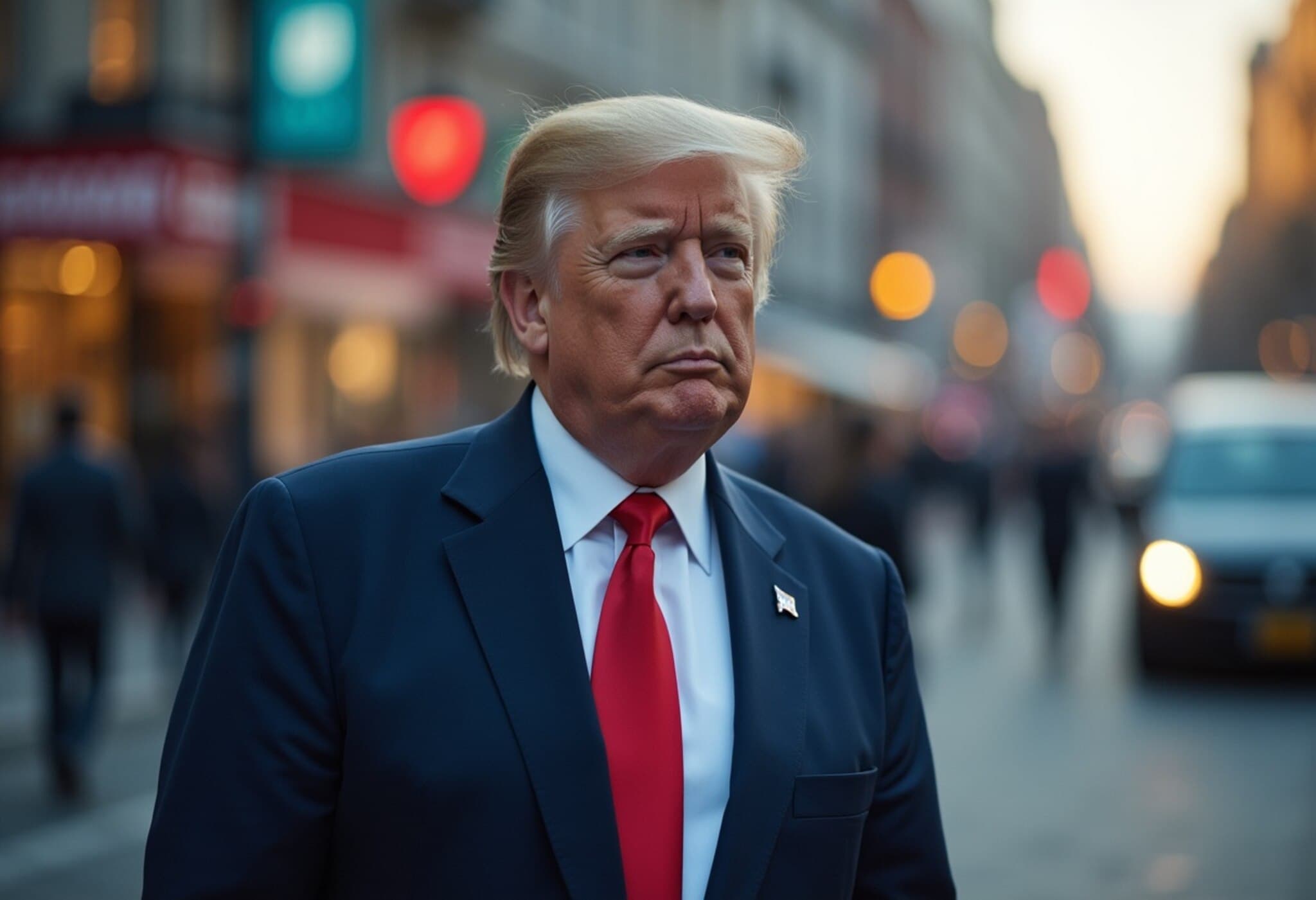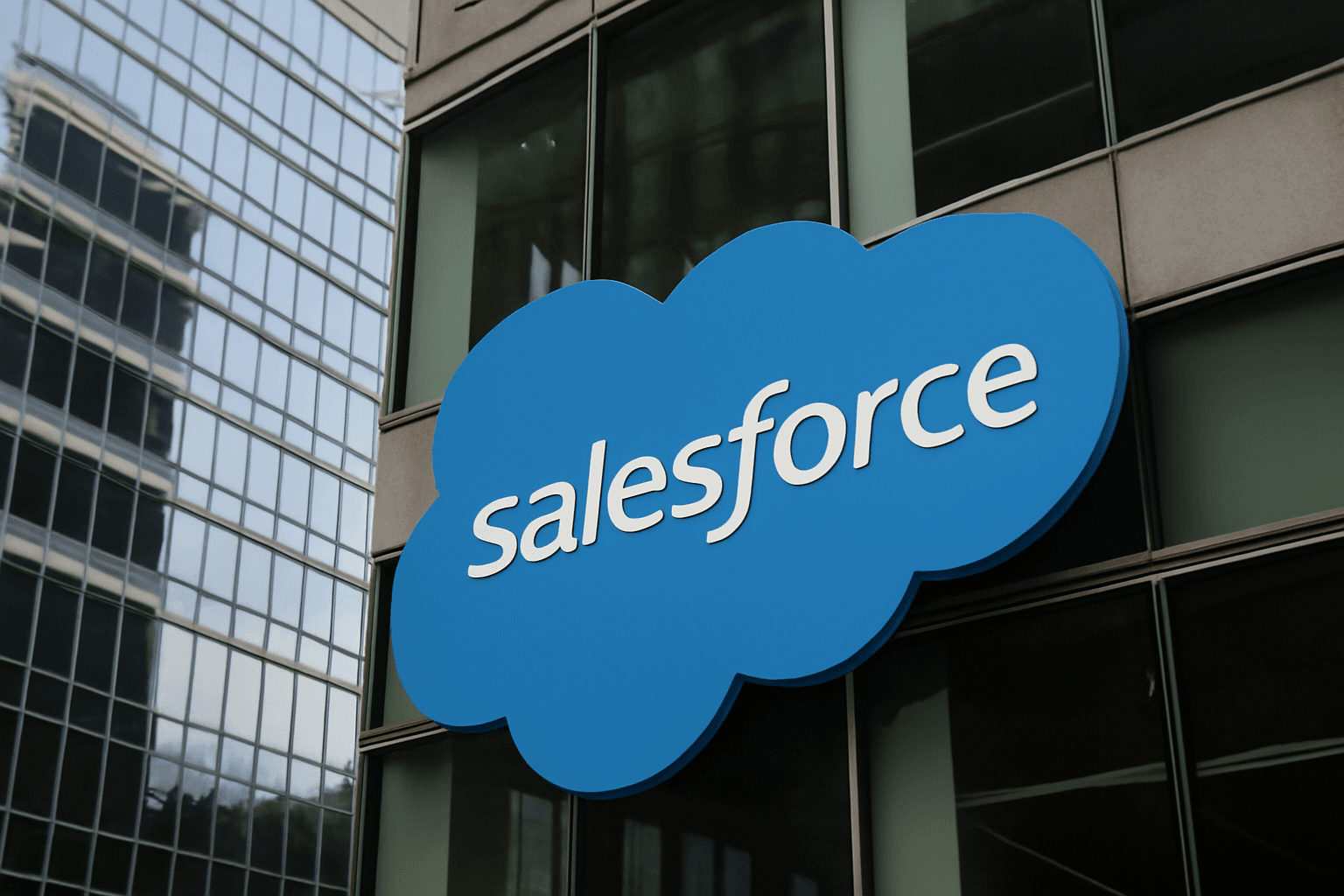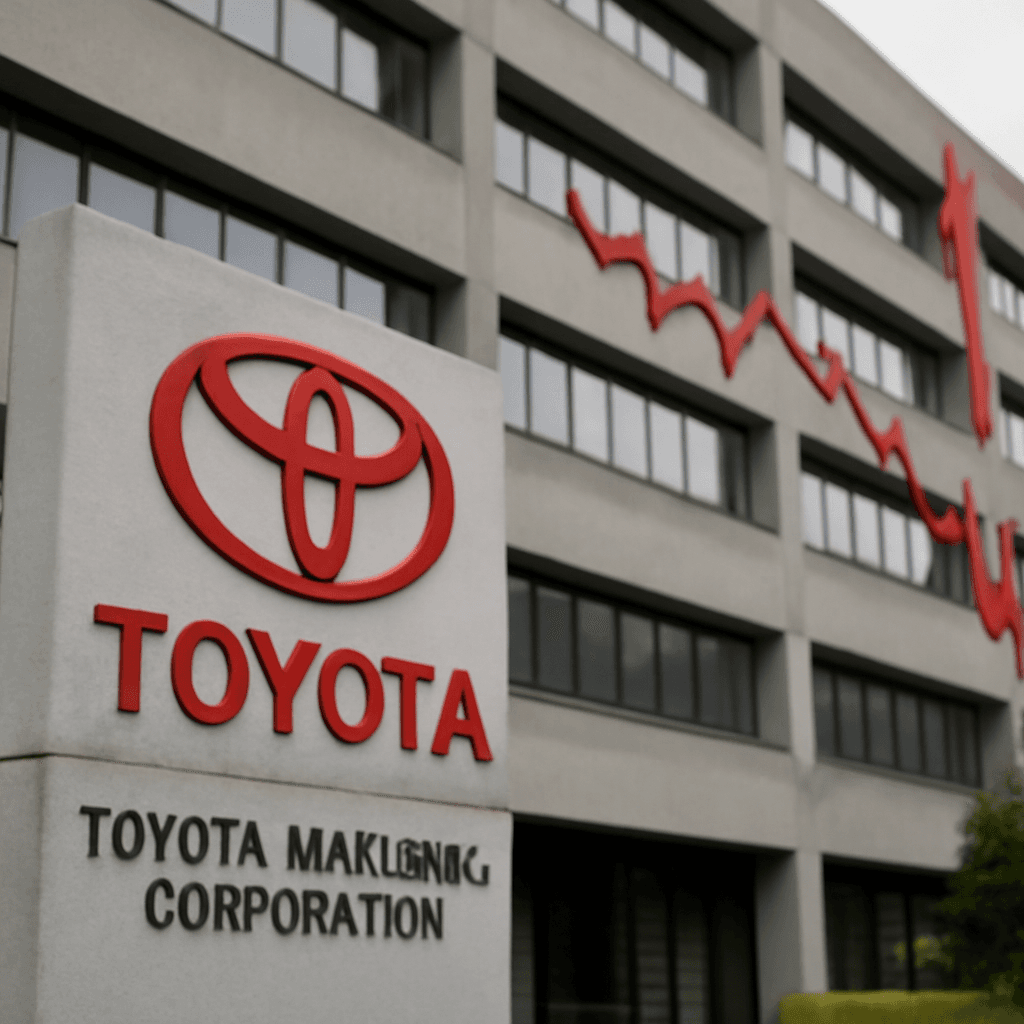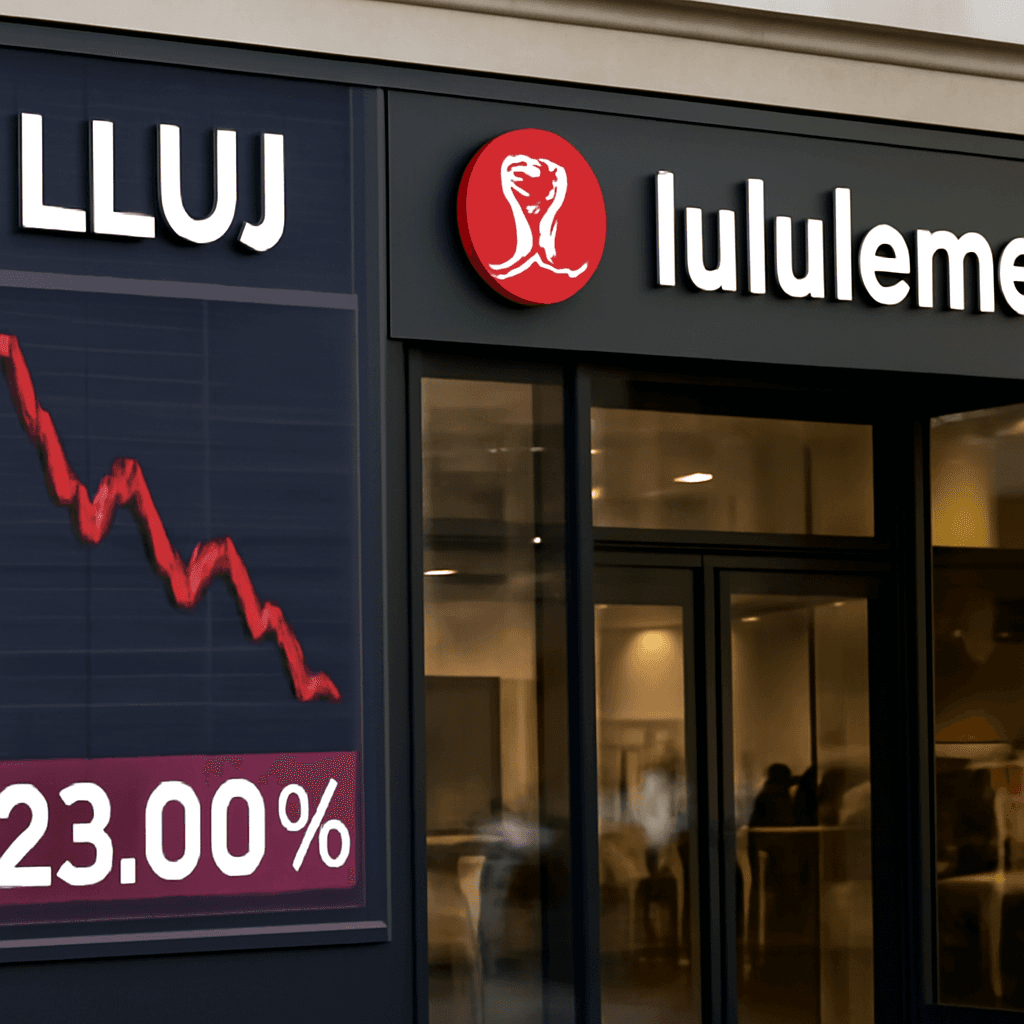U.S. Revises Tariff Structure Quietly Ahead of August 1 Deadline
On the evening before tariffs updated under President Donald Trump’s administration took effect on August 1, 2025, the tone of the announcement was markedly different from previous fanfare-filled unveilings. Unlike the theatrical April 2 event at the White House Rose Garden, where Trump presented color-coded physical charts accompanied by a live band, this latest tariff update was announced quietly via a stark, no-frills White House website release just as Americans wrapped up their day. No spectacle, no oversized visuals—just a monochrome table of new tariff rates.
The muted presentation raises intriguing questions: Has the administration shifted its strategy, downplaying ostentatious announcements in recognition of the diminishing political impact tariffs may now wield? Or does it signify an acceptance that certain trade agreements remain elusive, choosing instead to accept the repercussions of higher tariffs?
Context Behind the Change
Initially, Trump’s tariff campaign promised rapid progress — “90 deals in 90 days,” as trade advisor Peter Navarro put it. Yet as months rolled on, these swift resolutions failed to materialize. Meanwhile, the U.S. Treasury Department recently disclosed that tariff-related revenue surged to more than four times last year’s figures, suggesting that higher duties are being collected regardless of new trade settlements.
From an economic policy perspective, this signals a notable shift. While tariffs remain a blunt instrument often criticized for raising consumer costs and disrupting global supply chains, their persistent use suggests a newfound U.S. tolerance for strained trade relationships in pursuit of larger strategic goals. This stance may also reflect the complex interplay of geopolitical pressures, manufacturing re-shoring efforts, and domestic political considerations.
Market Response to Tariff Updates and Earnings Reports
The tariff revisions came alongside a mixed bag of market movements and corporate earnings that provide a snapshot of the current economic climate’s volatility.
- S&P 500 retreats: The benchmark index fell 0.75% from an intraday high, weighed down by broad market uncertainty stemming from shifting trade policies and inflation concerns.
- Microsoft’s milestone: Defying the downward pressure, Microsoft’s market capitalization surpassed an astonishing $4 trillion, a testament to the tech giant’s resilience amidst economic headwinds.
- Apple’s strong performance: Fueled by a 13% year-over-year increase in iPhone sales, Apple posted better-than-expected profits and revenues in its fiscal third quarter. This marked the company’s fastest revenue growth since December 2021.
- Amazon’s cautious outlook: Although the e-commerce titan exceeded Wall Street’s Q2 earnings expectations, its conservative guidance for the upcoming quarter tempered investor enthusiasm, reflecting uncertainties in consumer demand and cost pressures.
- Novo Nordisk’s stock drop: The pharmaceutical company saw shares tumble by as much as 26% following an unexpected leadership change and a strategic pivot, highlighting the market’s sensitivity to corporate governance shifts.
Insight from Industry Leaders
Conversations with CEOs throughout this earnings season reveal an evolving corporate mindset. Tariffs have transcended sitting on the political chessboard; they are actively reshaping business strategies.
Executives are re-examining supply chains and production models. The widely admired “just in time” manufacturing approach is being replaced by strategies prioritizing proximity to end consumers, supply chain flexibility, and tariff exemptions wherever possible. These adjustments aim to mitigate risks posed by an unpredictable global trade environment.
Looking Ahead: What This Means for Businesses and Consumers
The decision to implement tariffs with less fanfare might reflect the nuanced balancing act facing policymakers: delivering on protectionist rhetoric without igniting further market instability. However, the long-term economic impact remains to be seen.
For American consumers, persistent tariffs may translate into higher prices on imported goods, while businesses will likely continue adapting to a new paradigm marked by trade complexity and geopolitical considerations. The evolving tariff landscape underscores the vital need for ongoing vigilance from policymakers, economists, and companies as they navigate this challenging environment.
Key Takeaways
- The U.S. tariff update’s understated release contrasts sharply with prior grand announcements, signaling a potential recalibration of trade communication strategies.
- Markets show a mixed response, with tech giants like Microsoft and Apple demonstrating resilience despite broader volatility.
- Business leaders are adapting supply chains and pricing models in reaction to a less predictable tariff regime.
- The persistent reliance on tariffs suggests an acceptance of trade friction as a strategic tool, with significant implications for global commerce.
Editor’s Note
While tariffs remain a central, albeit contentious, instrument of U.S. trade policy, the shift in how they are announced may hint at evolving governmental confidence and strategy. Given the increasing complexity of international trade, stakeholders must question: Are tariffs a sustainable approach, or merely stopgaps? Moreover, how will ongoing trade tensions reshape the U.S. economy and its global relationships in the years to come? These questions underscore the need for informed dialogue and analysis as the tariff narrative continues to unfold.

